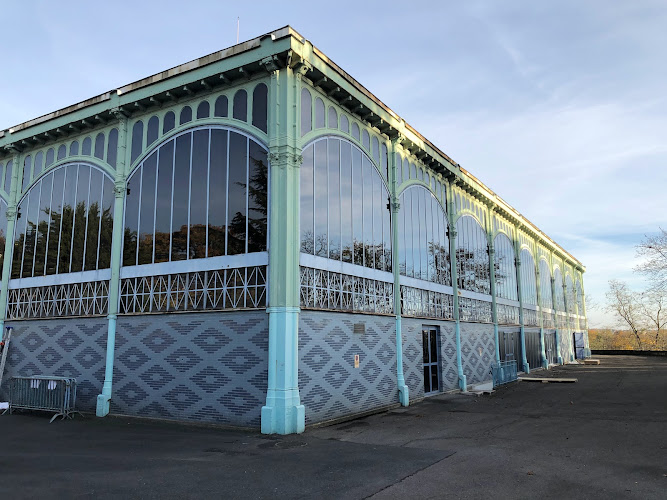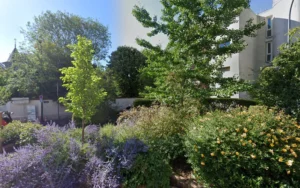
About Pavillon Baltard
Description
When you step into the Pavillon Baltard, you're walking into a remarkable piece of French architectural history that's found a second life as one of Paris's most impressive event venues. I was absolutely blown away the first time I visited - the soaring glass and iron structure is something straight out of a steampunk dream! This stunning 19th-century building originally served as one of Paris's central food markets and, let me tell you, the restoration work they've done is simply magnificent.
The venue's industrial-chic aesthetic, with its distinctive cast-iron framework and floods of natural light through the glass panels, creates an atmosphere that's both grand and intimate at the same time. Ya know what's really cool? They've managed to preserve all that historical charm while kitting it out with modern amenities. Trust me, it's not every day you find a place that so perfectly bridges the gap between past and present.
Key Features
• Stunning glass and iron architecture from the 19th century • Massive main hall with exceptional acoustics • State-of-the-art sound and lighting systems • Flexible space configuration for various event types • Beautiful garden area for outdoor functions • Modern kitchen facilities for catering • Excellent accessibility features • Climate-controlled environment • Multiple entrance points • Dedicated parking facilitiesBest Time to Visit
Look, I'll let you in on a little secret - the Pavillon Baltard is gorgeous year-round, but there's something extra special about visiting during spring or fall. The natural light playing through those historic glass panels creates an absolutely magical atmosphere during these seasons. Plus, the weather's usually perfect for enjoying both the indoor and outdoor spaces.
But honestly? The best time to visit really depends on what's happening here. The venue hosts everything from concerts to exhibitions, and some of these events are absolutely worth planning your visit around. Keep an eye out for the cultural calendar - you might just stumble upon something amazing!
How to Get There
Getting to Pavillon Baltard is actually pretty straightforward (even for someone as directionally challenged as me!). The easiest way is to hop on the RER A line and get off at Nogent-sur-Marne station - it's just a short walk from there. If you're coming from central Paris, it'll take you about 20 minutes on the RER.
If you're driving, there's decent parking available nearby, but I'd still recommend public transport during big events. Trust me on this one - Paris traffic can be a real pain, and parking spots fill up quick when there's something major going on.
Tips for Visiting
Ok, here's what I've learned from my visits: First off, arrive early if you're attending an event - the architecture is worth exploring before things get crowded. And bring a camera! The lighting through those glass panels makes for some seriously Instagram-worthy shots.
Dress according to the season - while the building is climate-controlled, those glass panels can make it warm on sunny summer days. If you're attending an evening event, consider bringing a light layer. The temperature can drop once the sun sets.
Here's something most visitors don't realize: the acoustics vary throughout the space. If you're here for a concert, try positioning yourself slightly off-center for the best sound experience. And don't forget to take a moment to walk around the exterior - the architectural details are fascinating from every angle.
One last thing - there are some great restaurants in the neighborhood, so why not make a day of it? I always recommend grabbing a bite before or after your visit. The local French bistros around here serve some amazing traditional dishes that'll complete your cultural experience perfectly!


